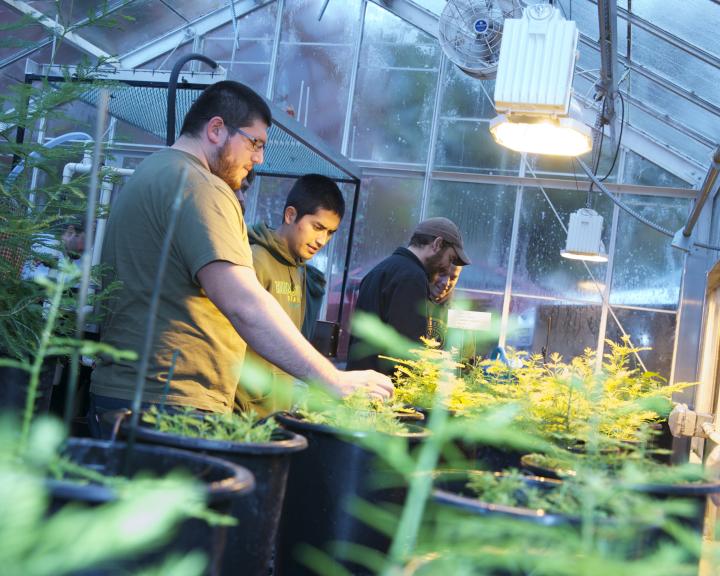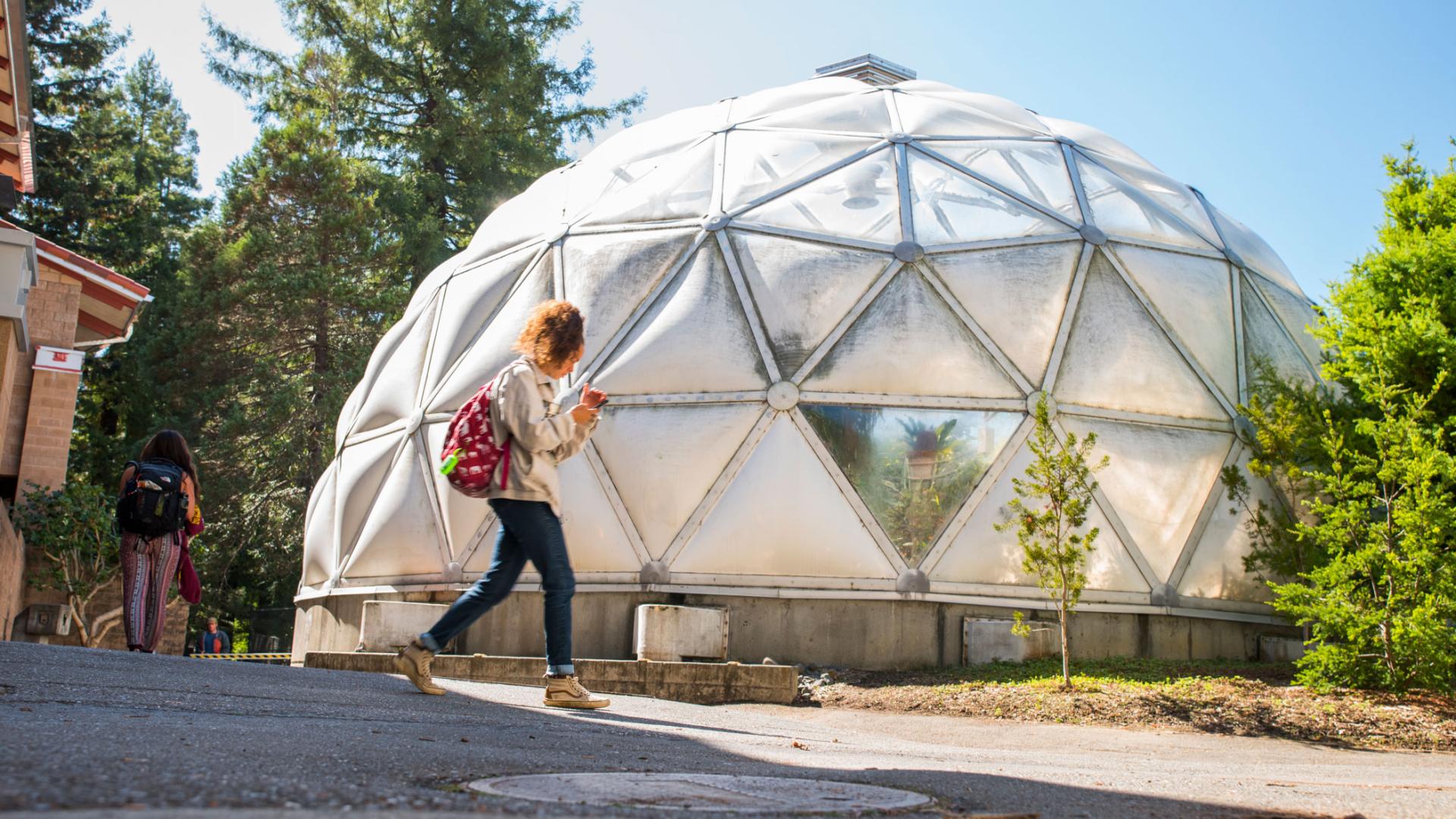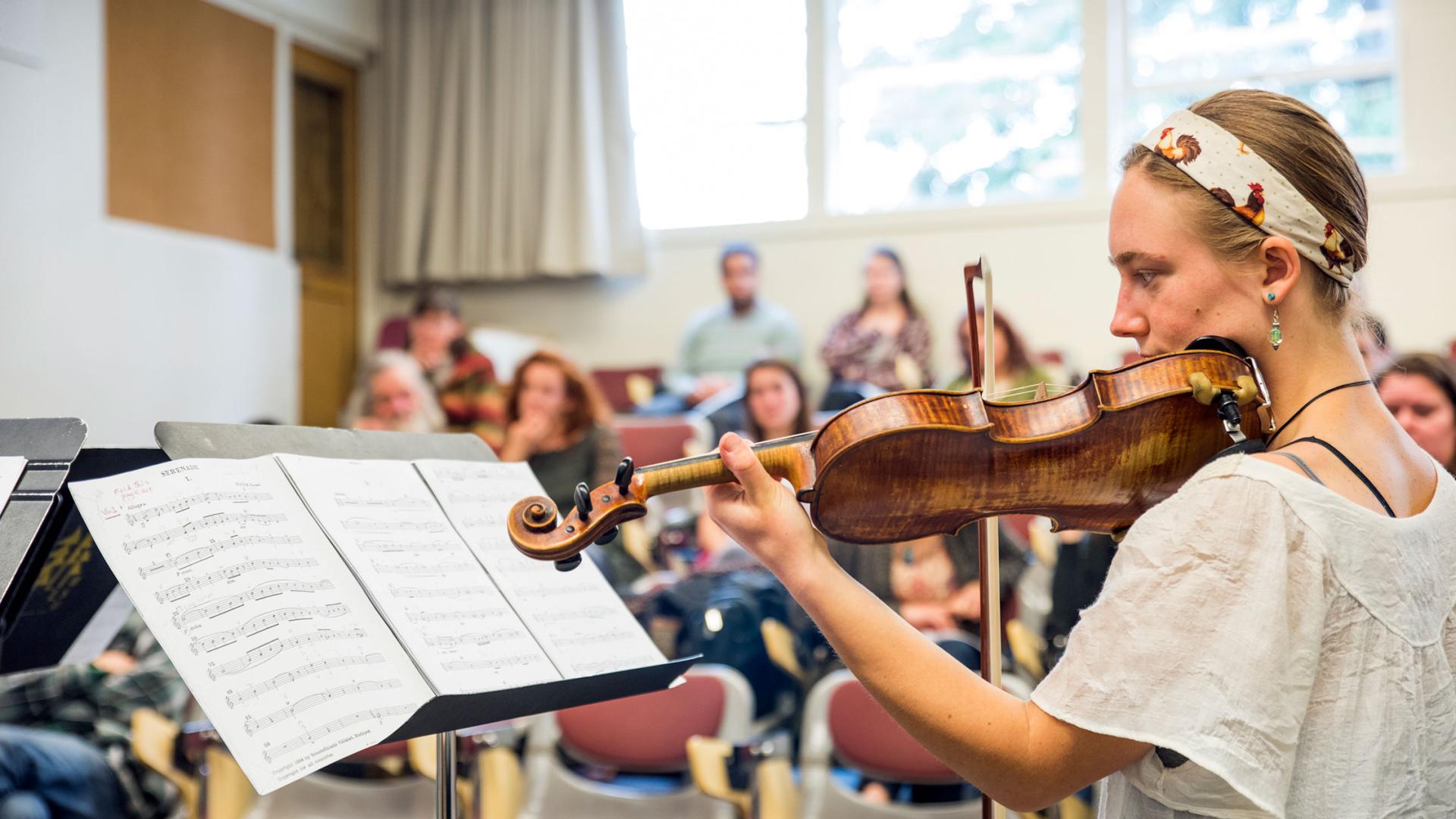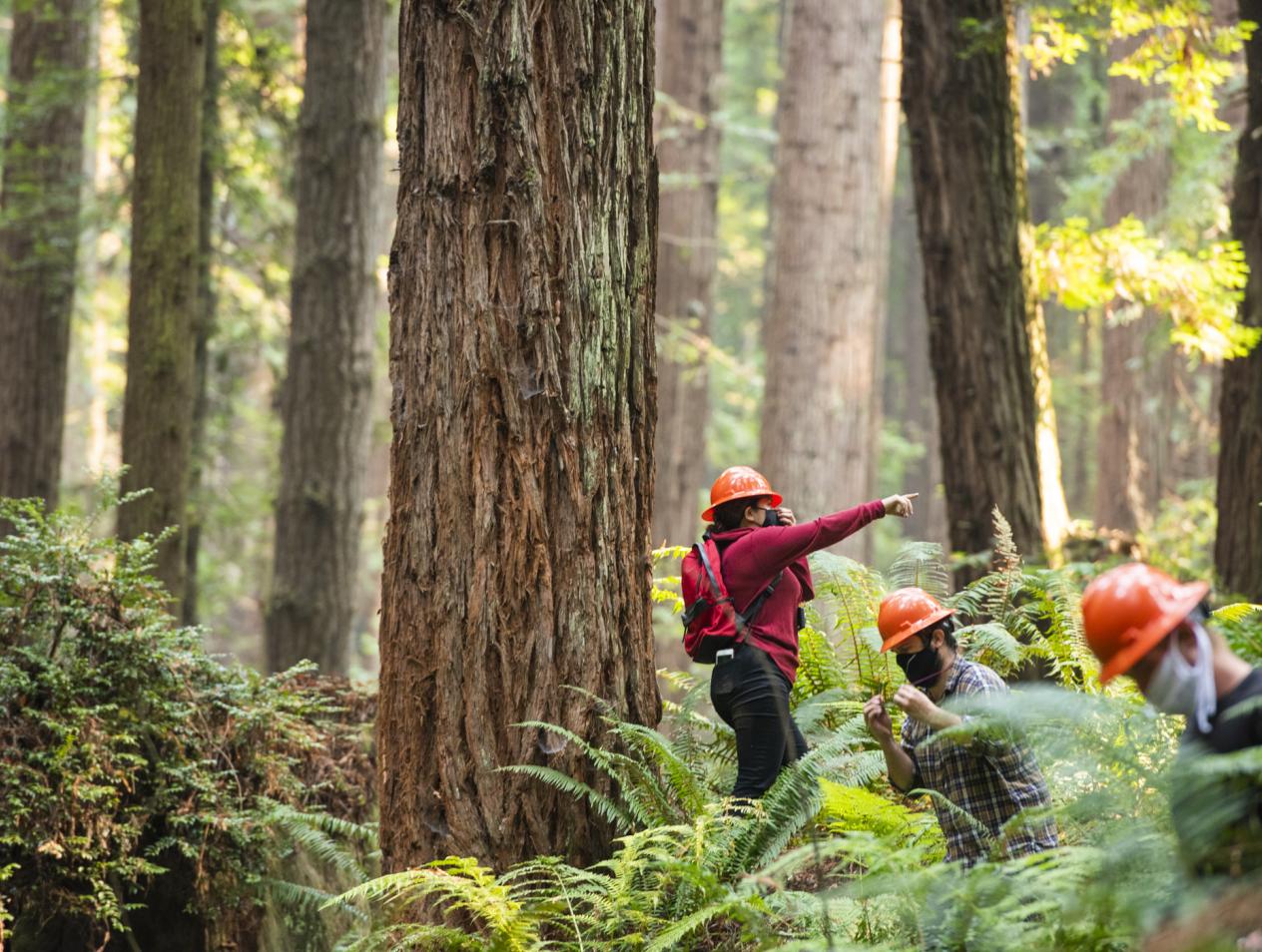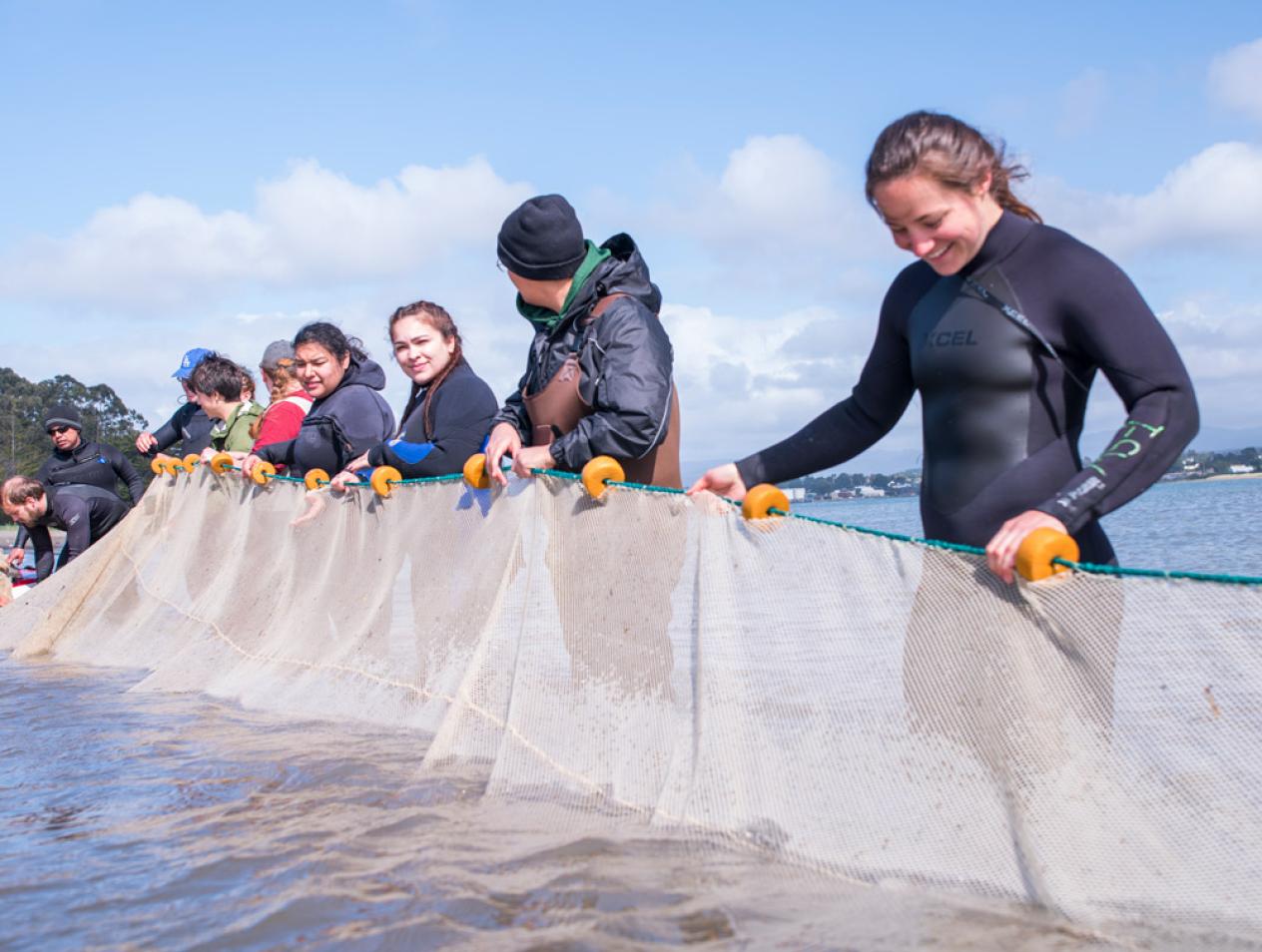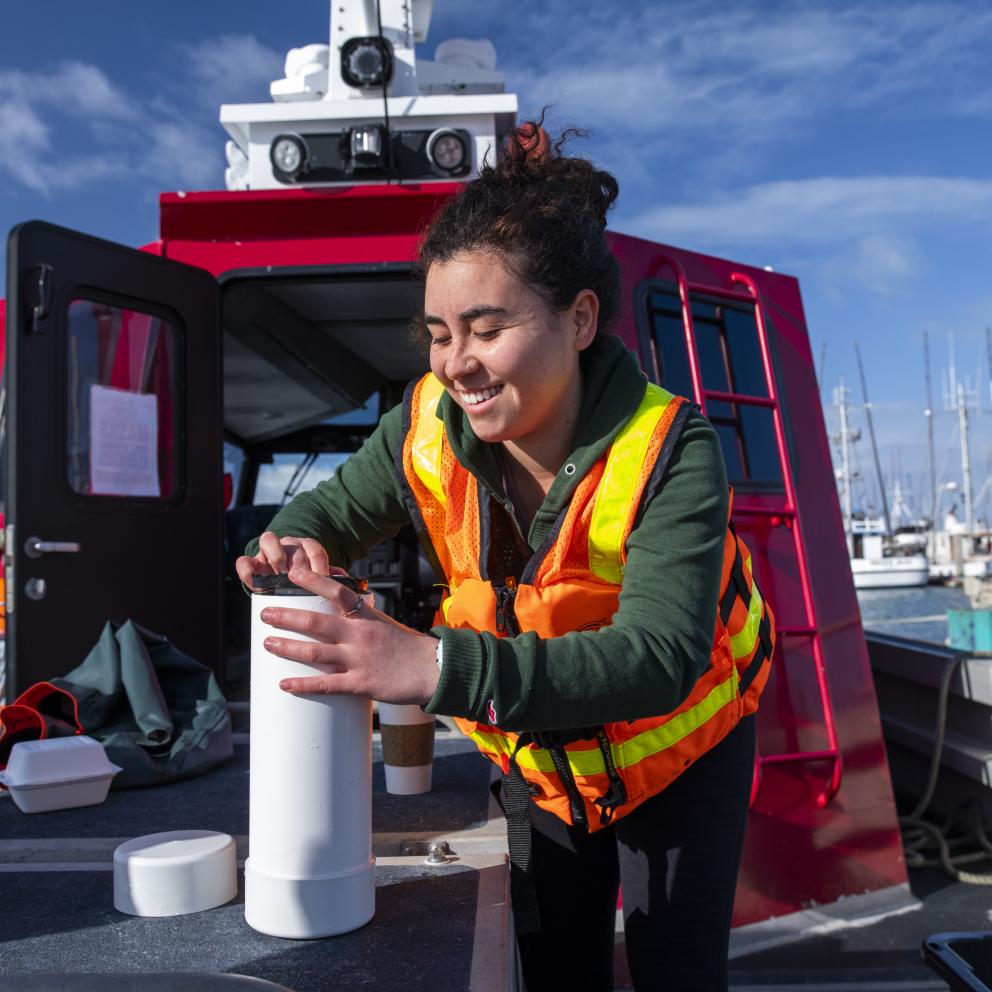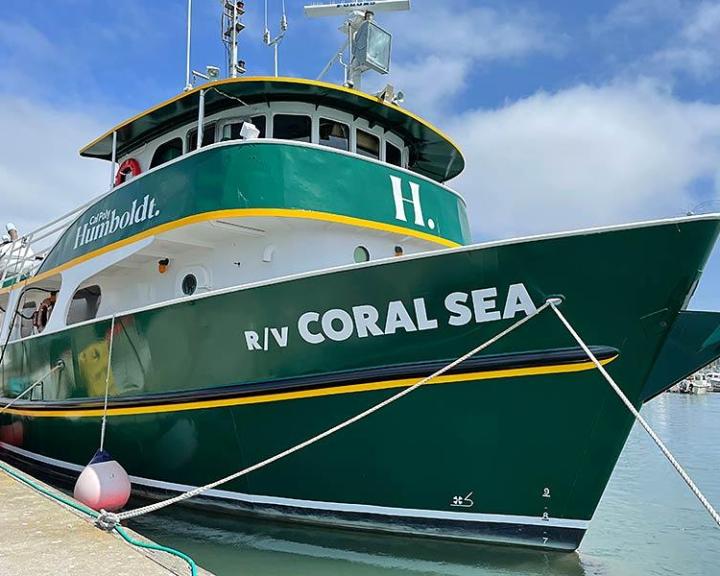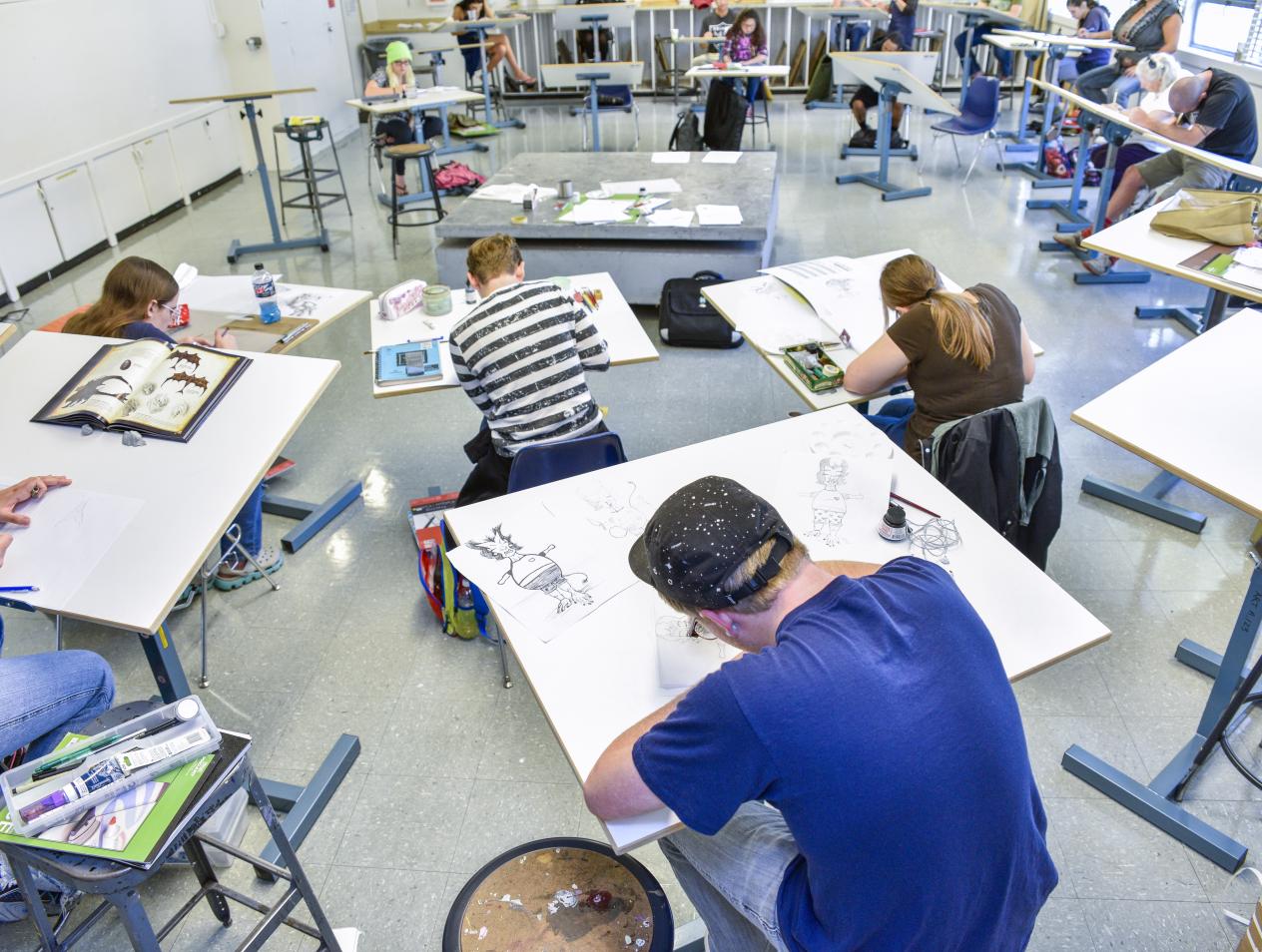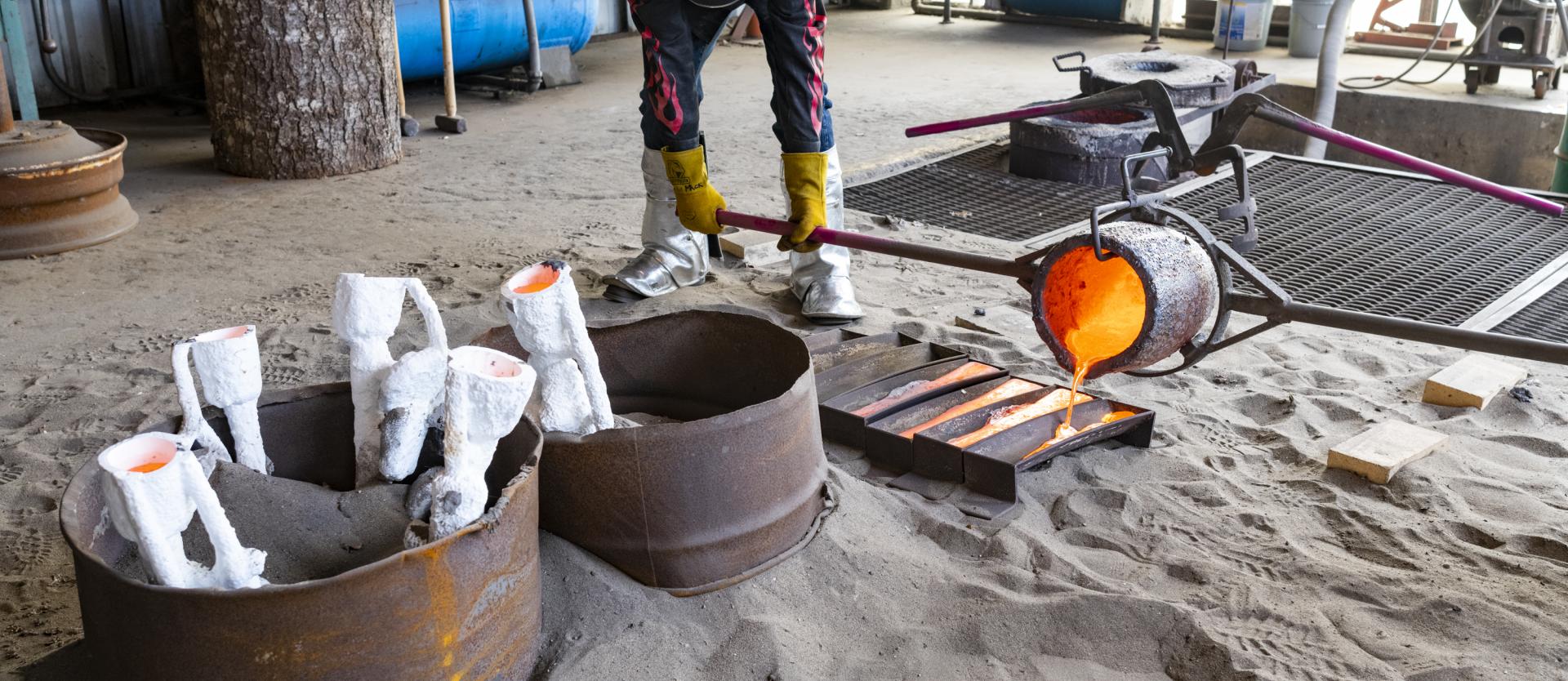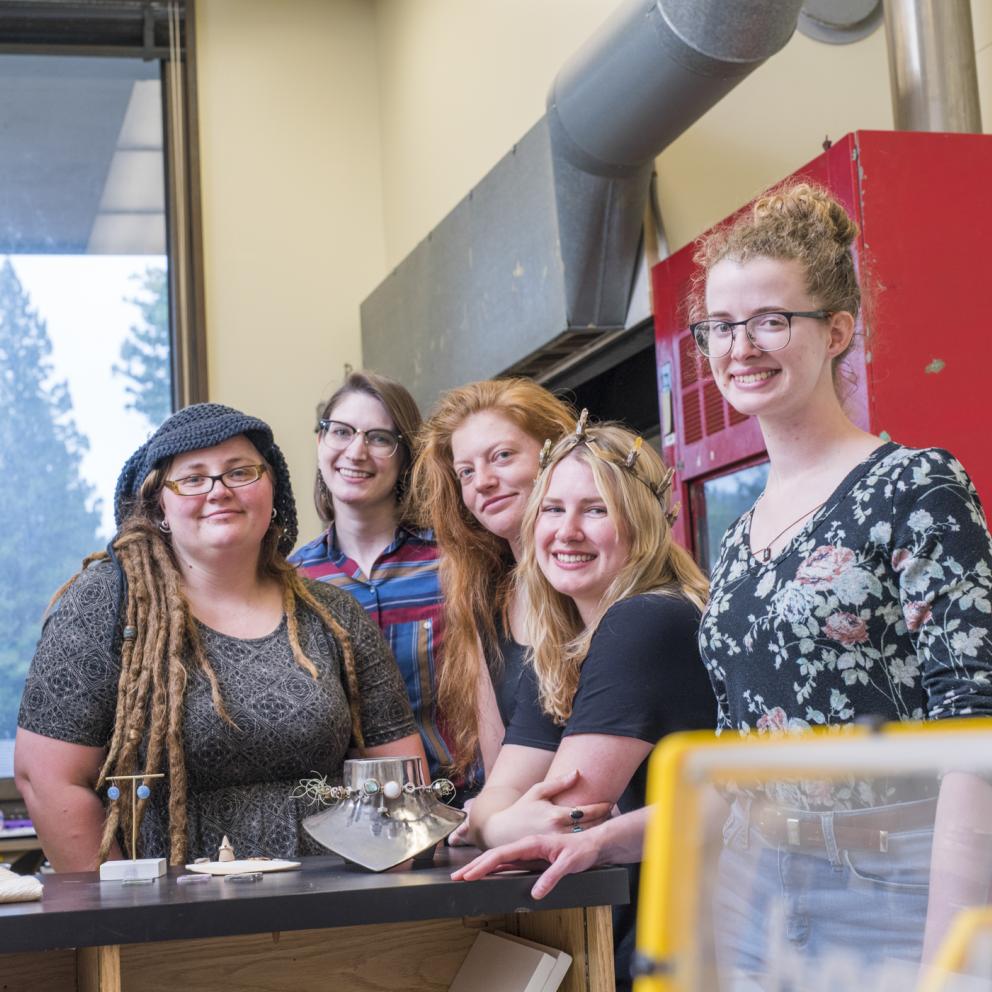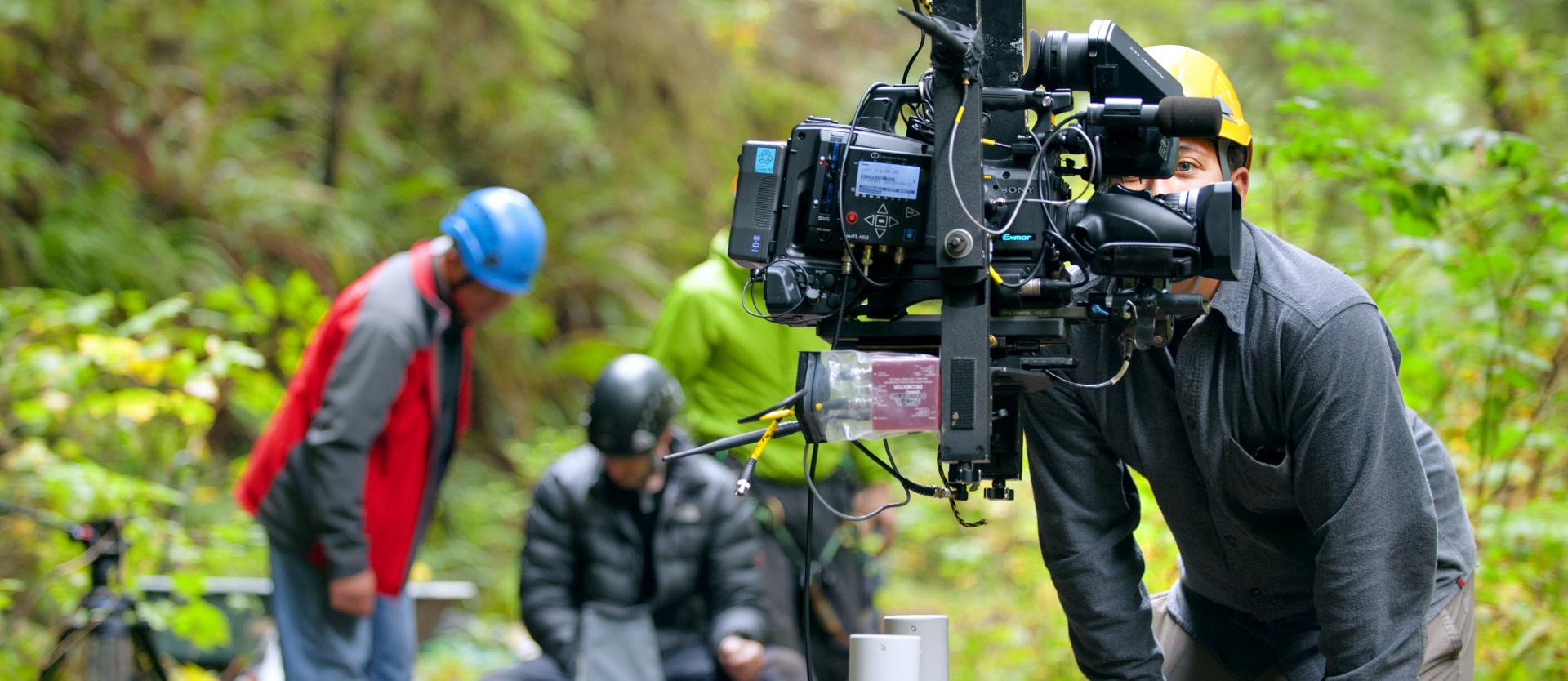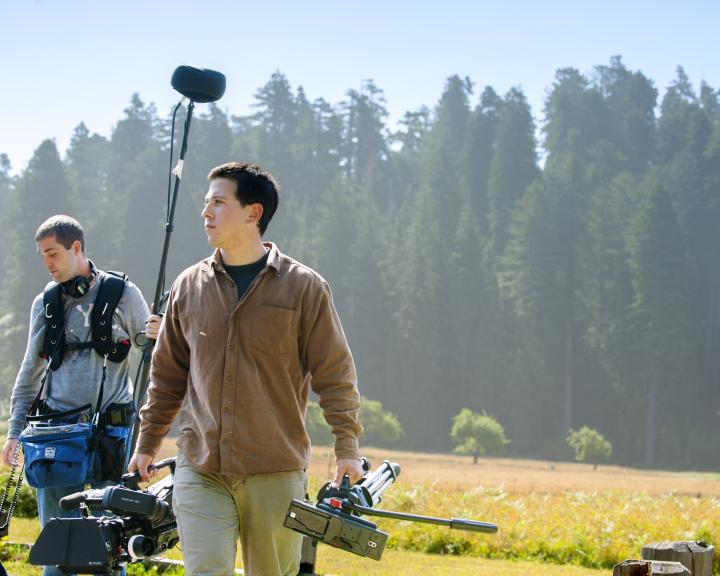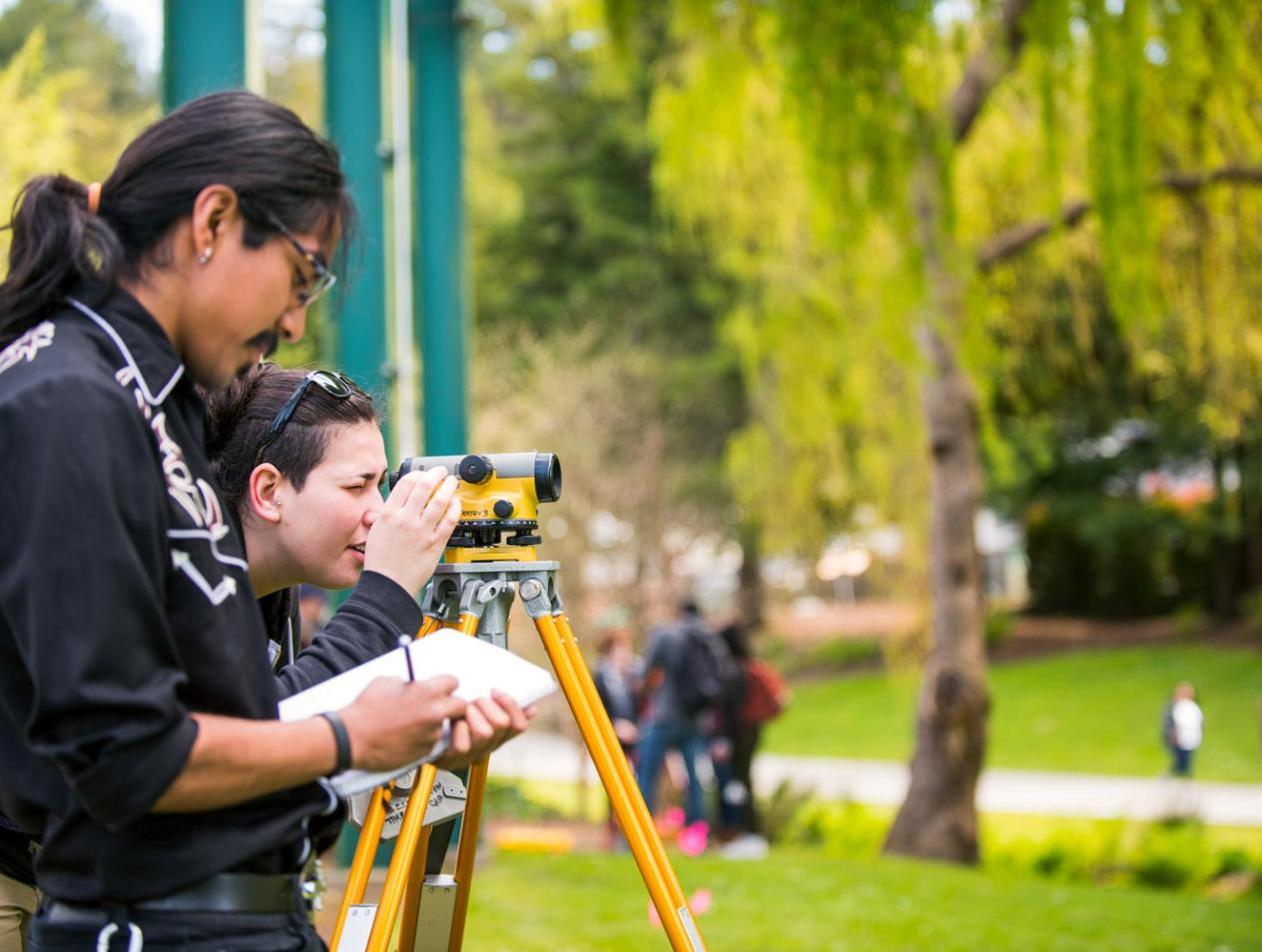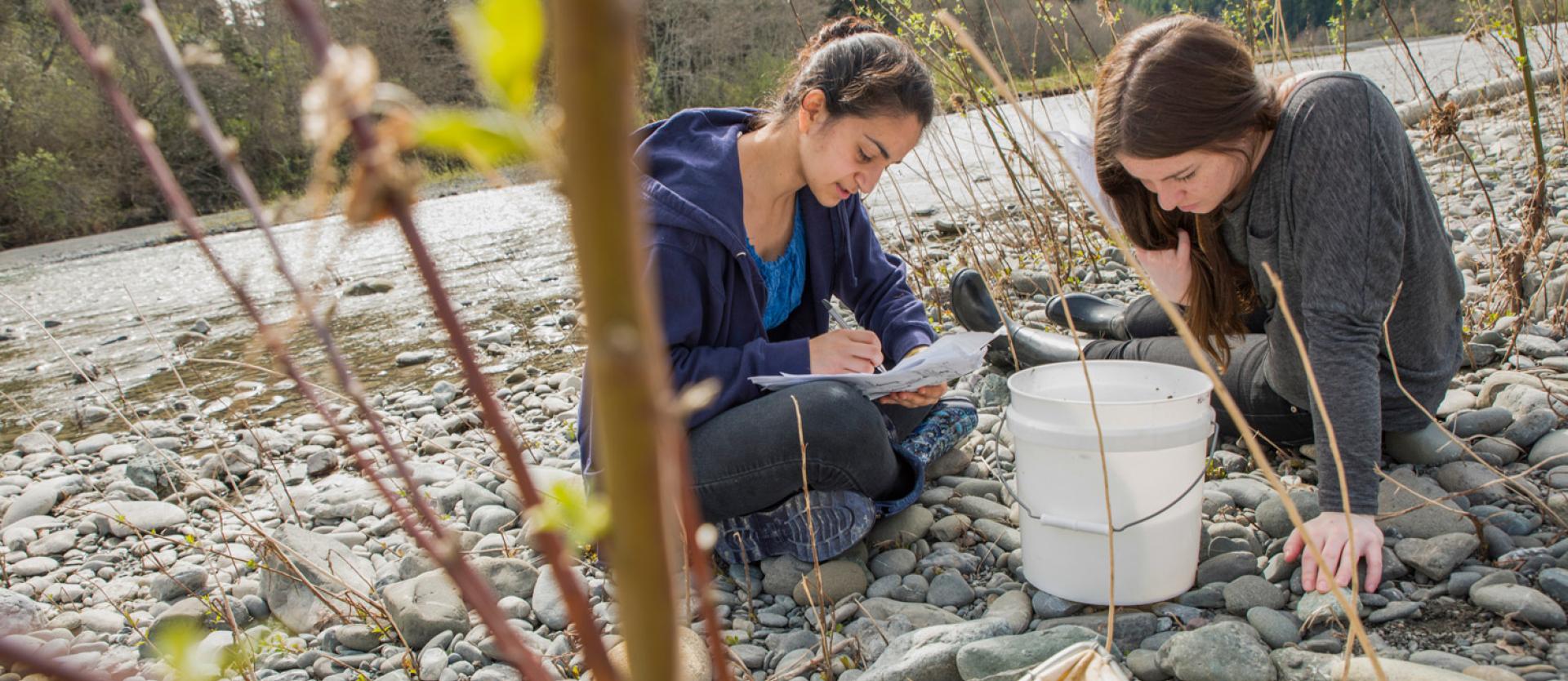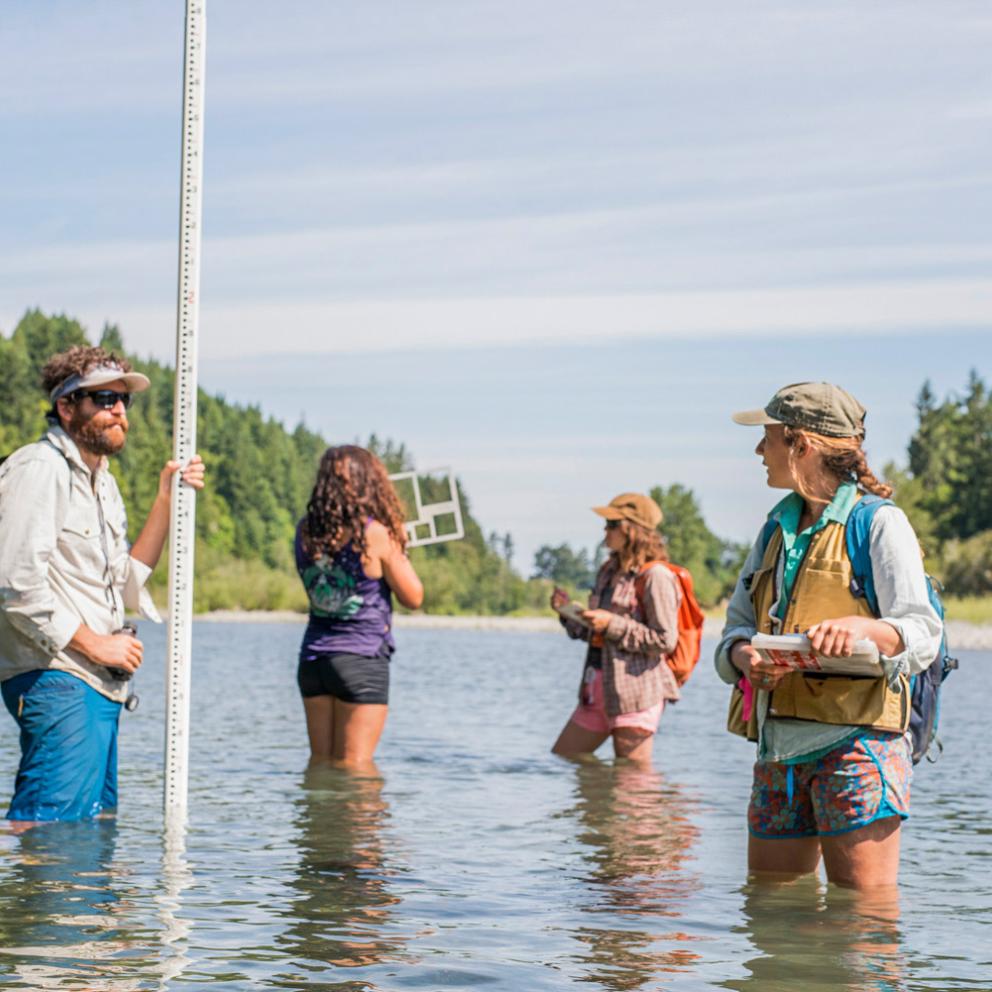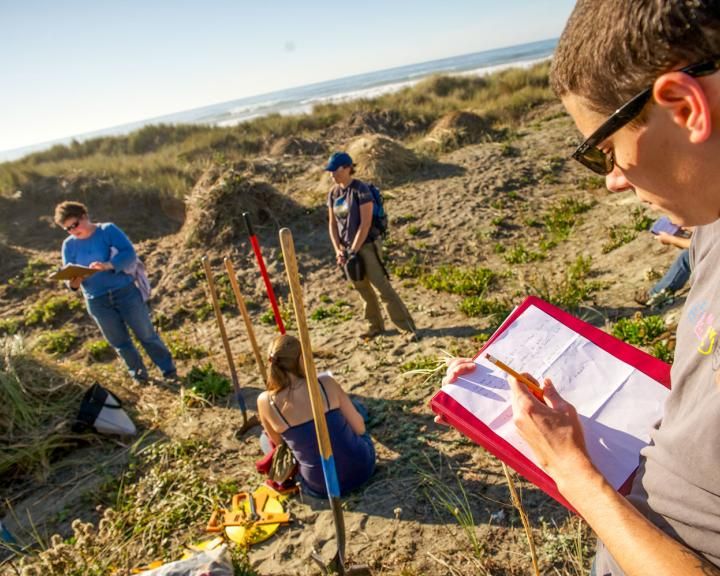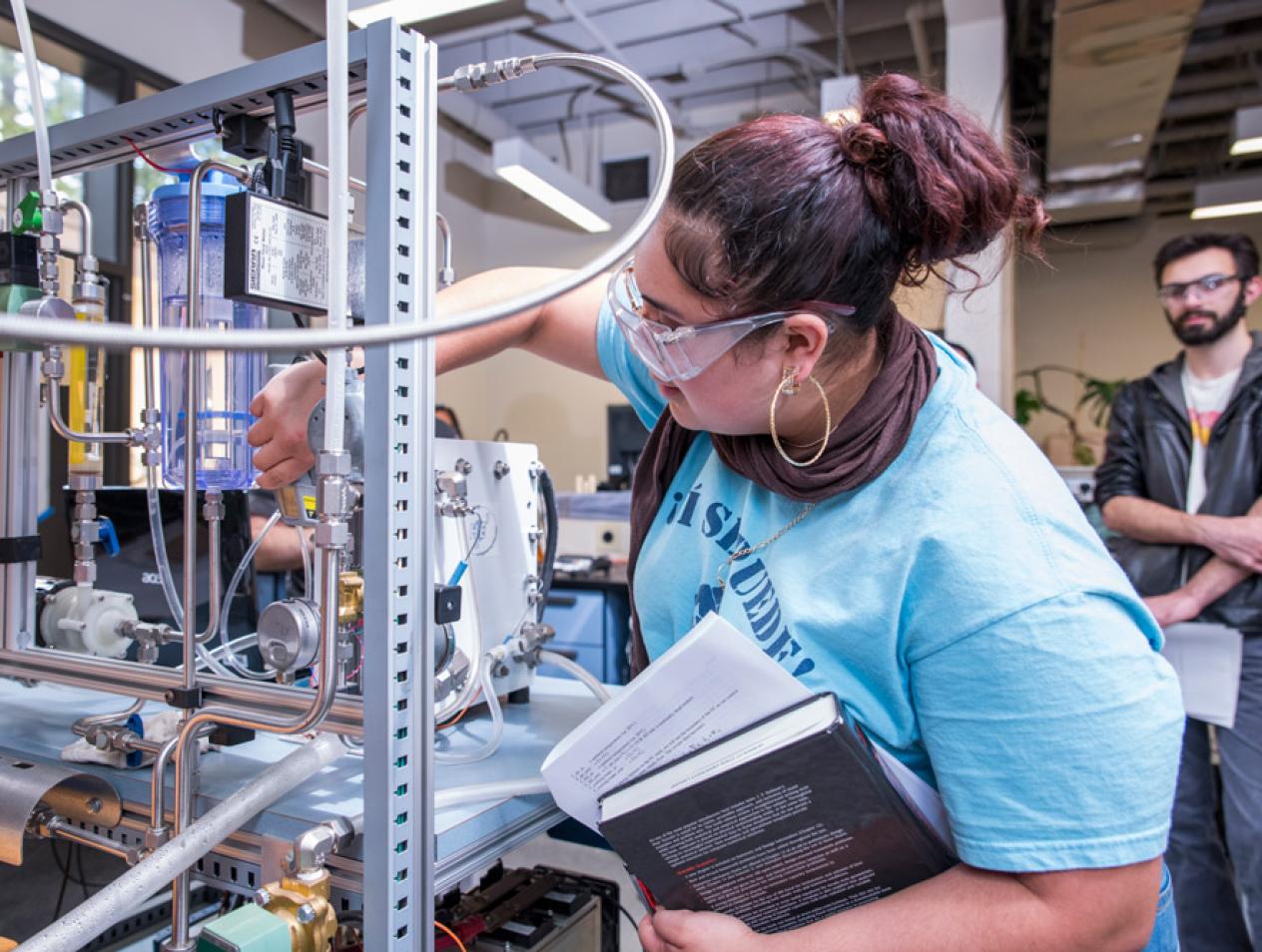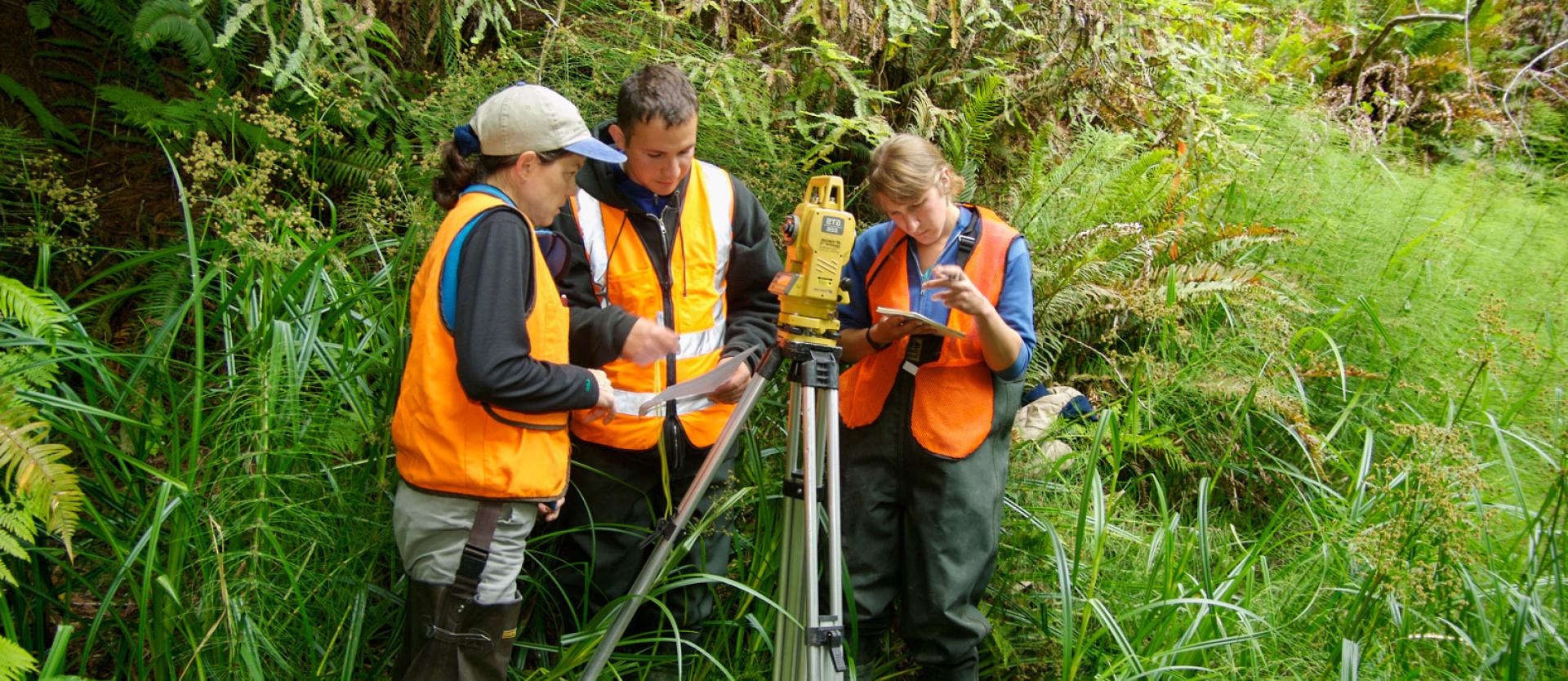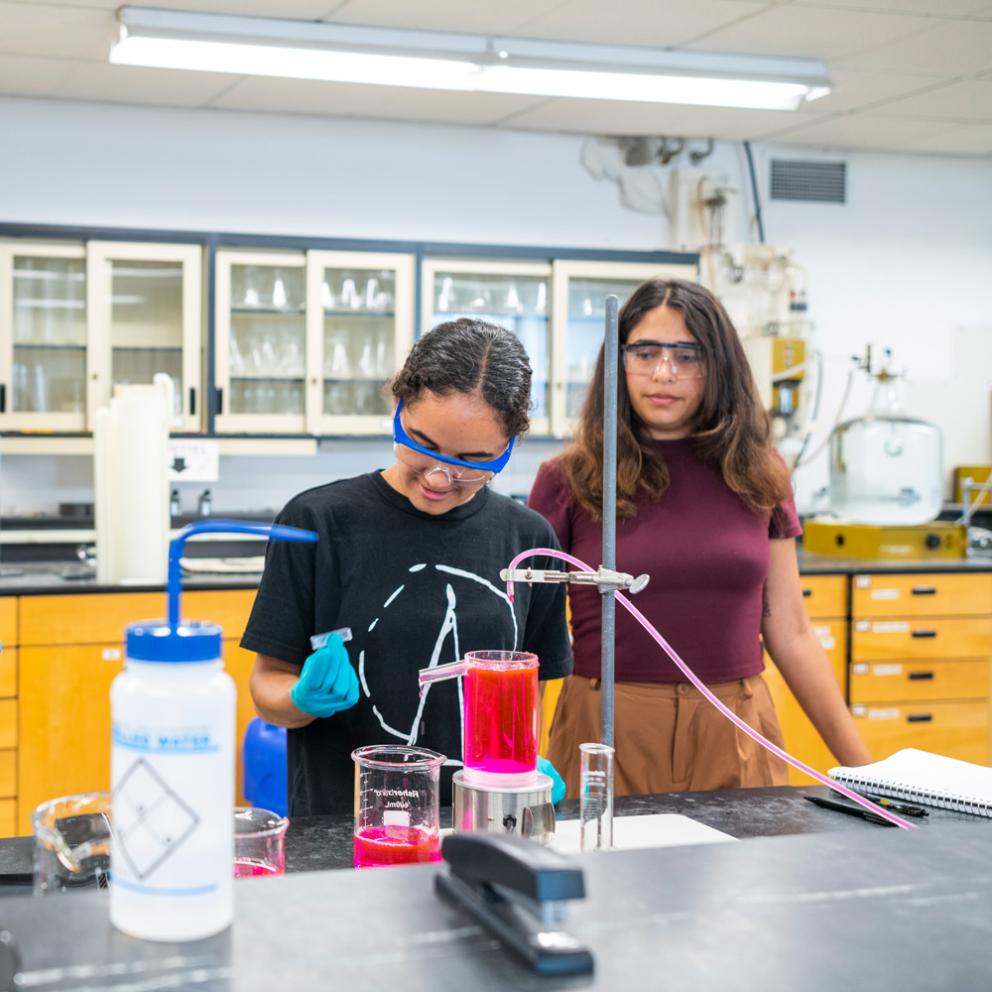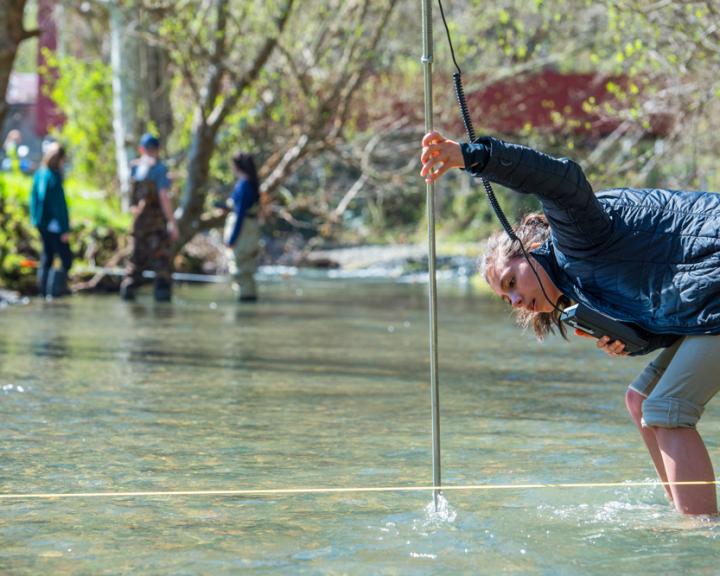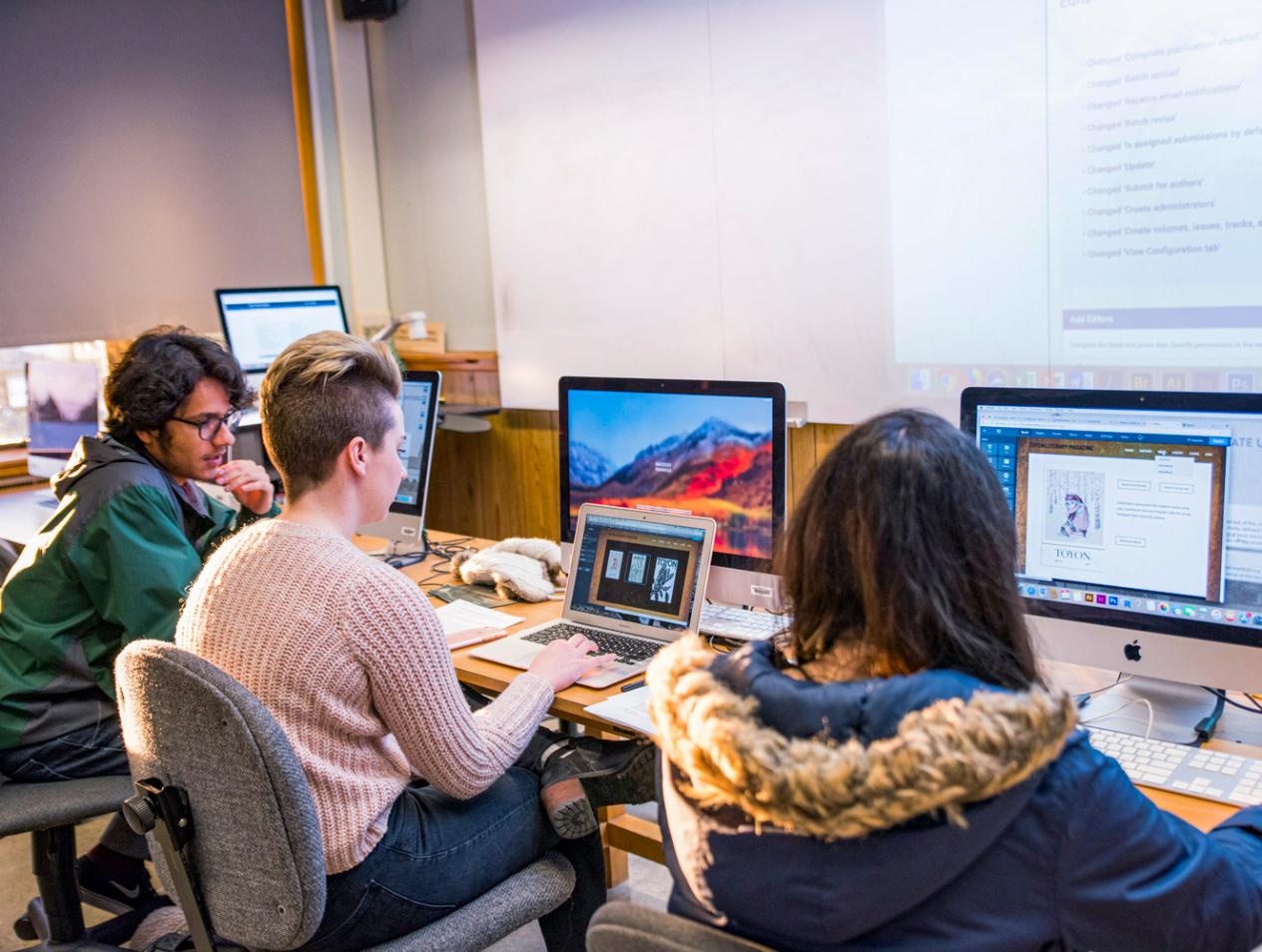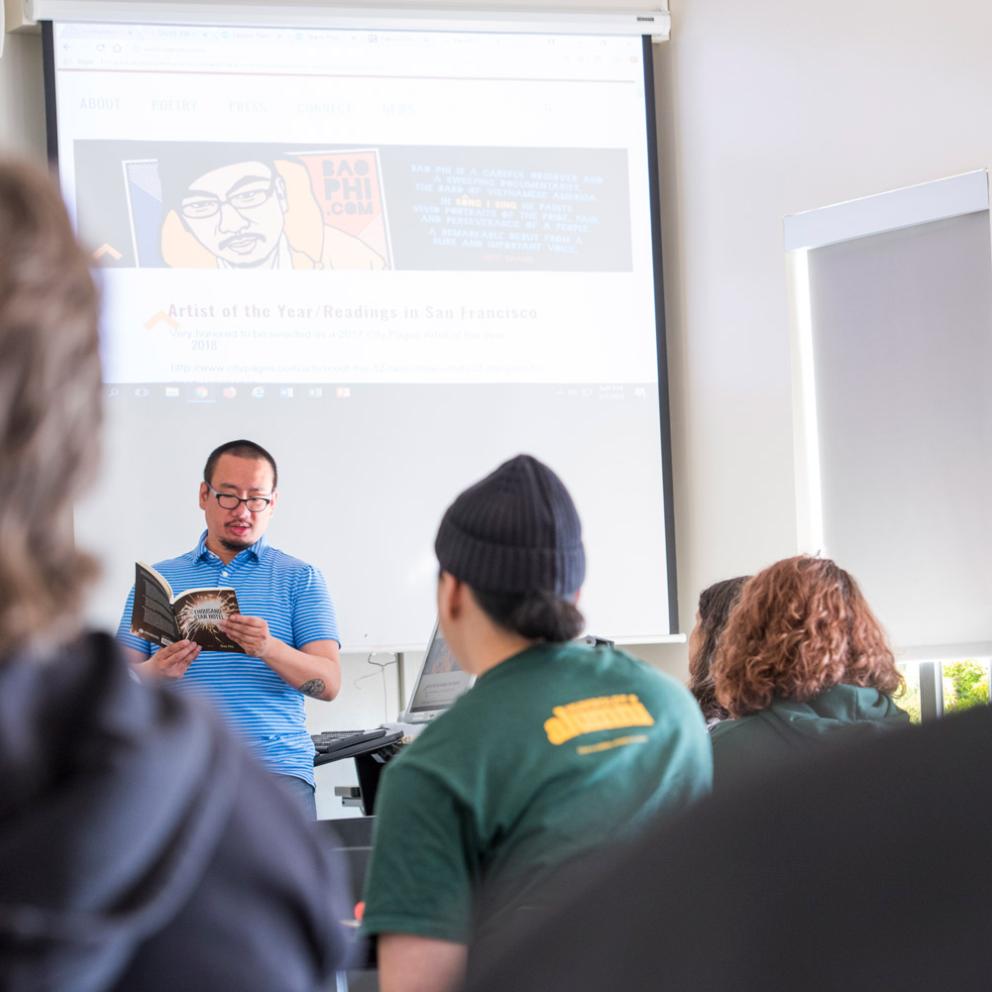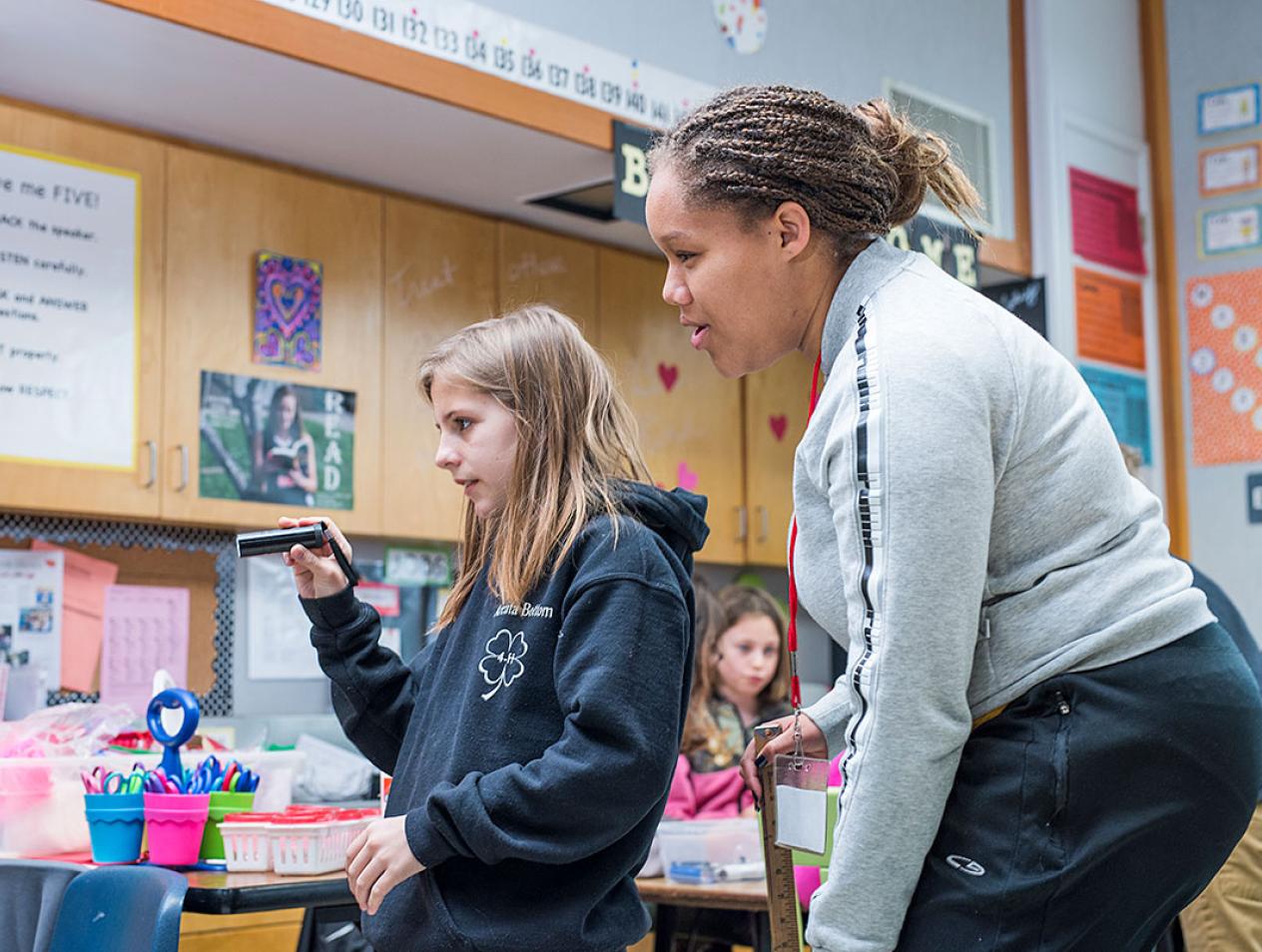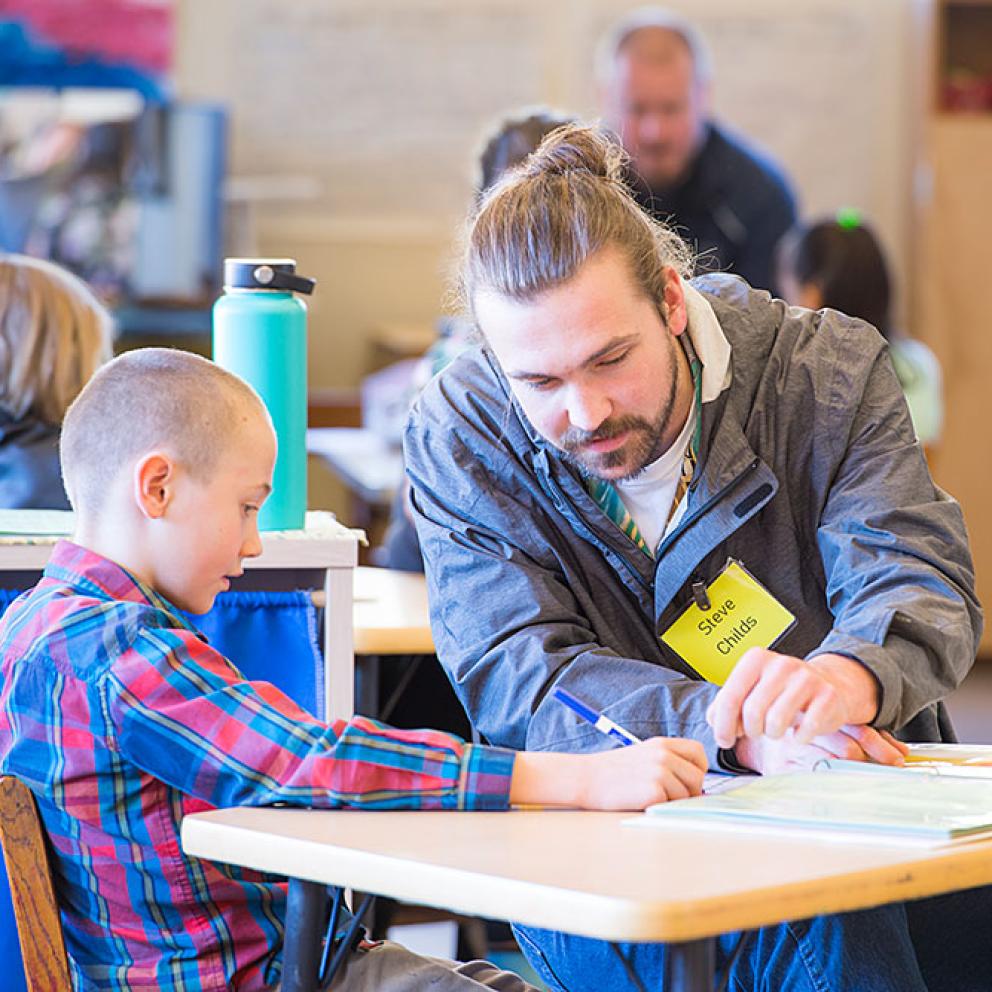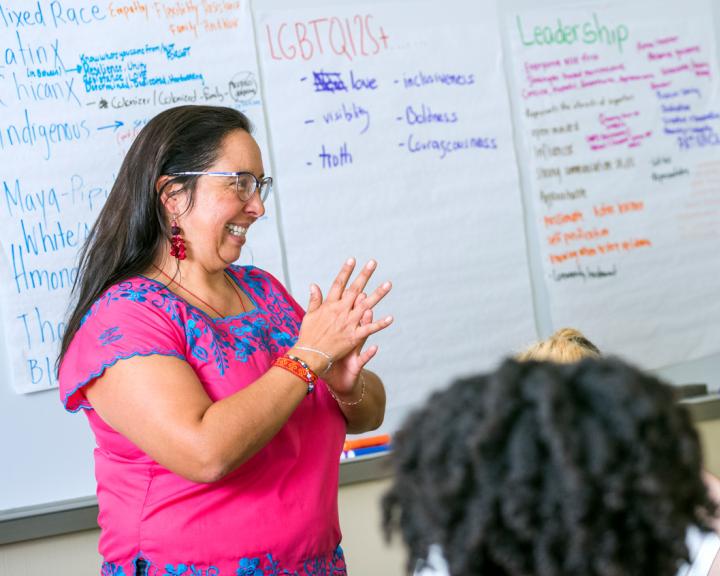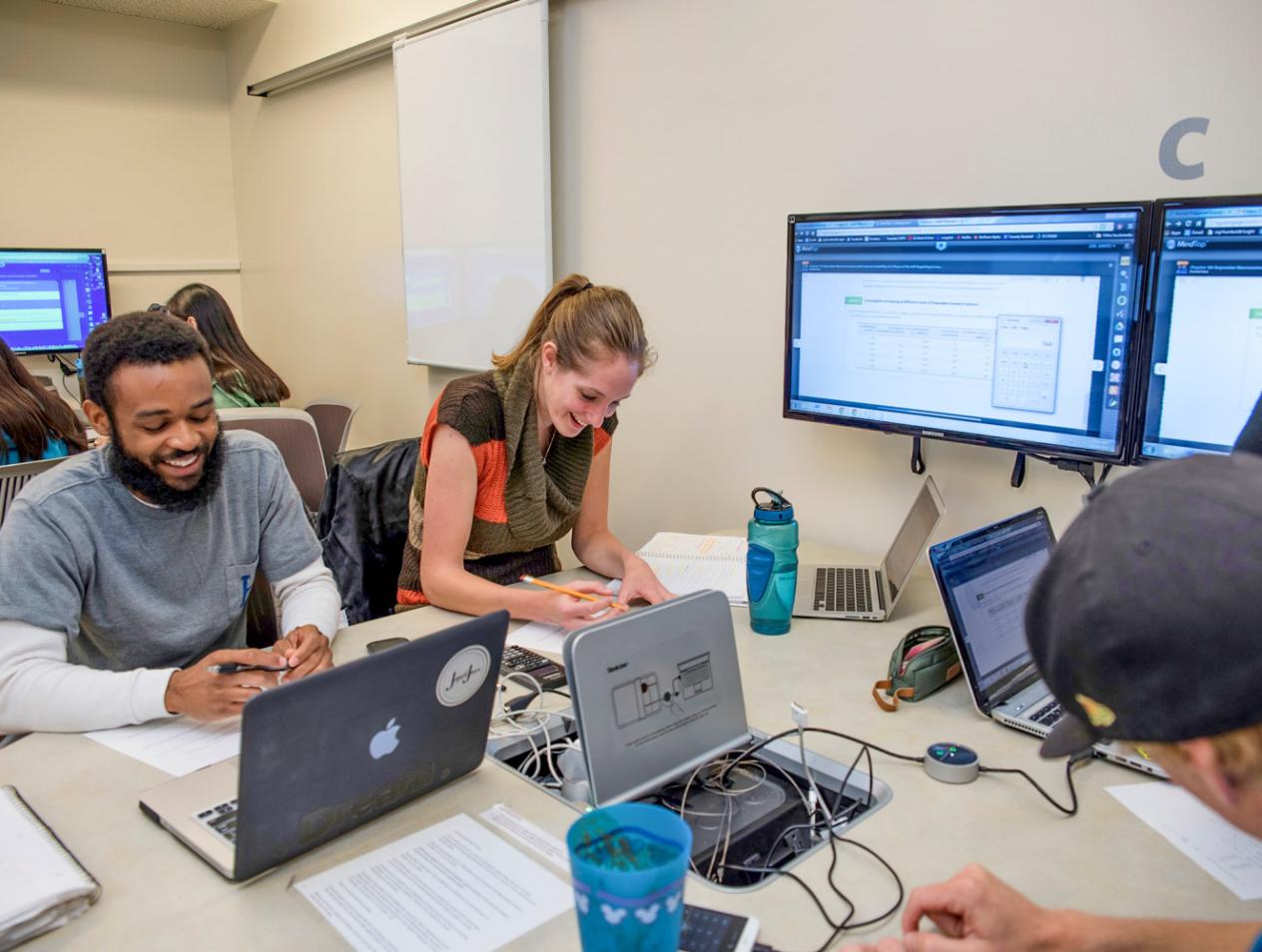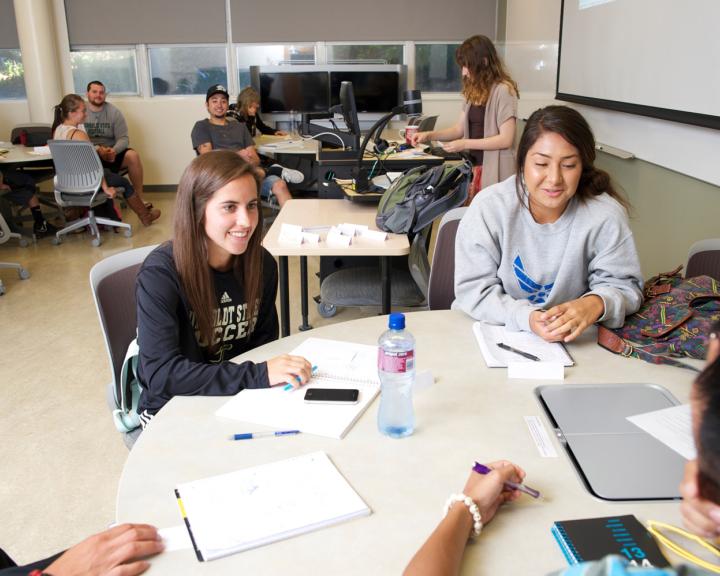Breadcrumb
Forestry, B.S.
Forests cover one-third of the land area in the United States and rangelands cover another third. A Forestry degree teaches you to understand and manage forests for their many values, including biodiversity, carbon sequestration, cultural values, water quality, fire resilience, and wood products. At Humboldt, you’ll get hands-on learning in some of the world’s most spectacular and important landscapes, personal attention from faculty, and a clear path to a career and life outdoors.
The Bachelor of Science in Forestry is accredited by the Society of American Foresters (SAF).
Why this Program
Field Intensive
With the 780-acre Arcata Community Forest at our doorstep, our students average more than 7 hours per week of class time in the woods during the school year.
Careers
A recent survey of our graduates showed that essentially all of them found jobs in their chosen career.
A Special Community
Despite being the largest forestry department in California, we remain a cohesive community where classes are small and professors know students by name.
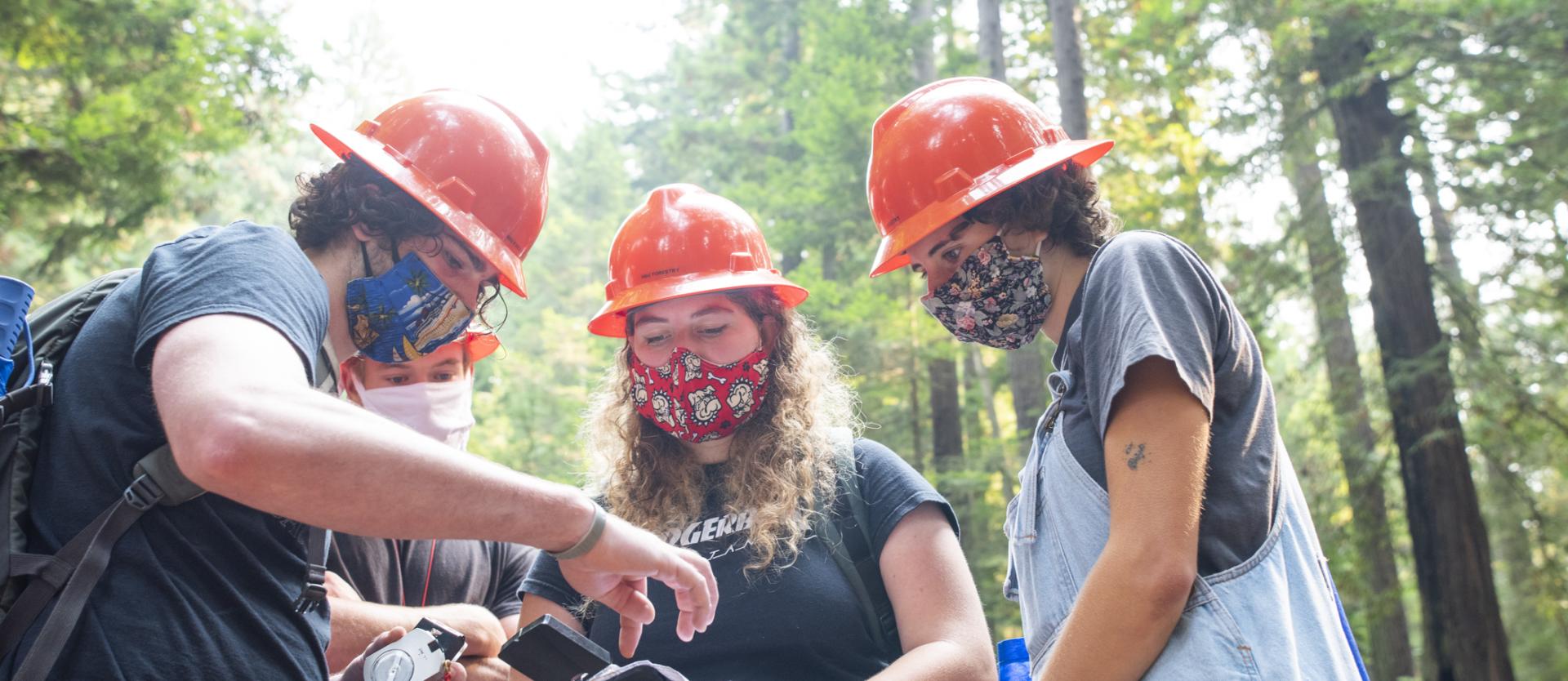
Program Concentrations
This concentration is for students interested in a career in managing wildland fuels, prescribed fire, fire suppression, or fire ecology. A student who completes this concentration qualifies as a forester for federal employment.
Contact Jeff Kane if you have questions or would like more information about this concentration.
This concentration is for students interested in a career in resource management with a focus on water resources. A student who completes this concentration qualifies as a forester for federal employment. By completing a second calculus class, students are eligible for federal hydrologist positions as well.
Contact Andrew Stubblefield if you have questions or would like more information about this concentration.
This concentration is for students interested in a career in the forest products industry and consulting. A student who completes this concentration qualifies as a forester for federal employment.
Contact Hunter Harrill if you have questions or would like more information about this concentration.
This concentration is for students interested in a career in non-commodity forest management or a career not directly associated with more traditional forestry. A student who completes this concentration qualifies as a forester for federal employment.
Contact Pascal Berrill if you have questions or would like more information about this concentration.
Forest Restoration Requirements
This concentration is for students interested in a career regarding forest soils and their management issues. A student who completes this concentration qualifies as a forester, soil scientist, and soil conservationist for federal employment.
Contact Erin Kelly if you have questions or would like more information about this concentration.
This concentration is for students interested in both Native American Studies and forestry. It prepares students for a forestry career working with Native American tribes to manage their landscapes. A student who completes this concentration qualifies as a forester for federal employment.
Contact Erin Kelly if you have questions or would like more information about this concentration.
Did you know?
- The Wildland Fire Laboratory is among the most well-equipped fire research facilities of any university in the United States.
- The Jacoby Creek Forest, 15 minutes from the University, is a major destination for field trips, capstone projects, and student research.
- $60,000 in annual scholarships are awarded to Forestry students.
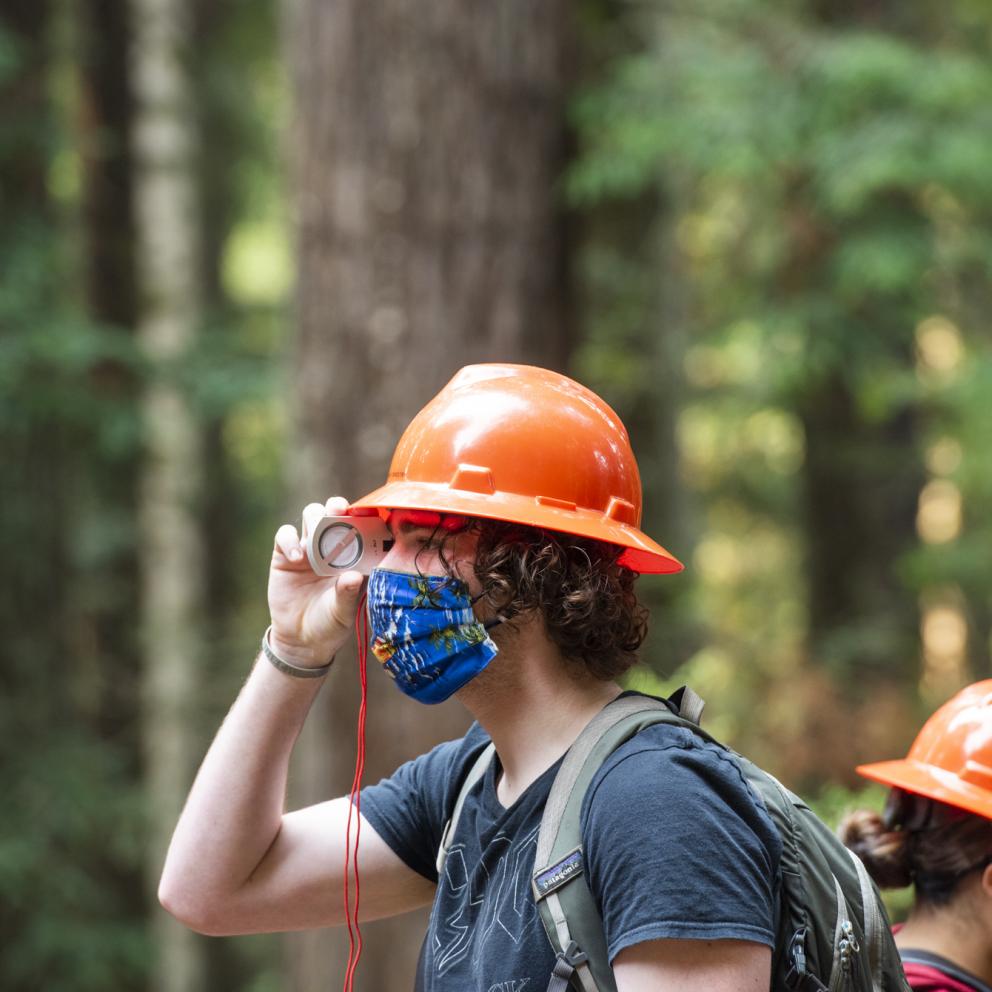
Careers
Foresters are in high demand. Our graduates have gone onto careers in private and public sectors, and tribal and nonprofit conservation agencies. They hold leadership positions at land management agencies and teach at major universities.
- Wildland Fire Specialist
- Timberland Appraiser
- Forest Ranger
- Land Management Specialist
- Natural Resource Specialist
- Hydrologist
- Geospatial Technician
- Burn Crew Member
- Fire Management Specialist
- Environmental Analyst
